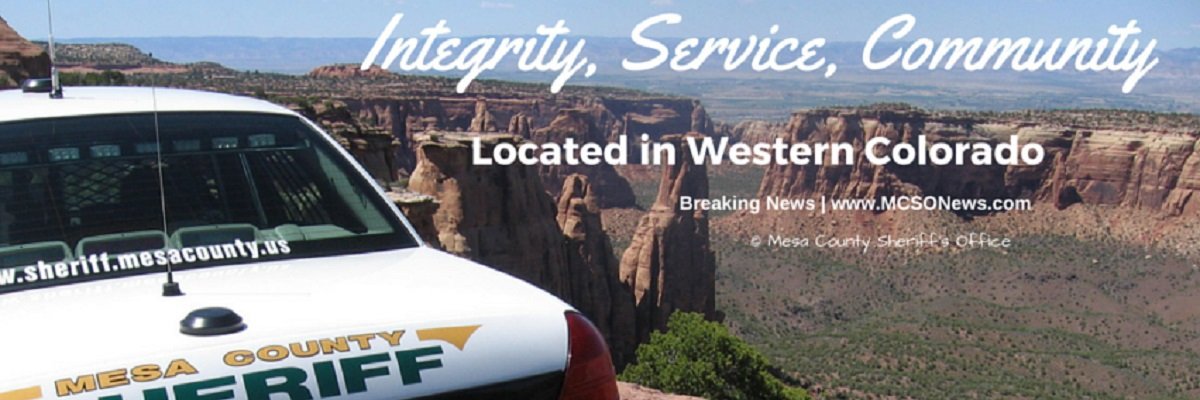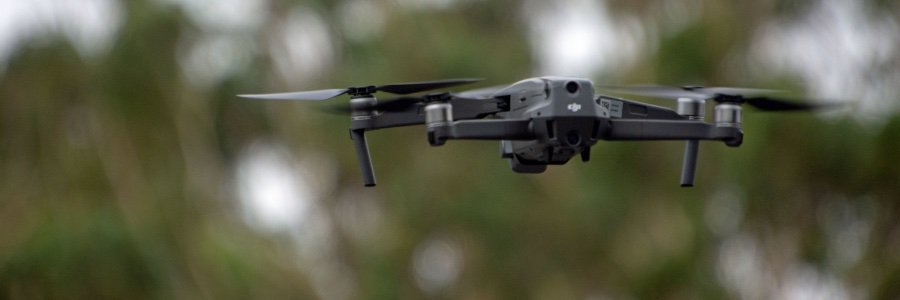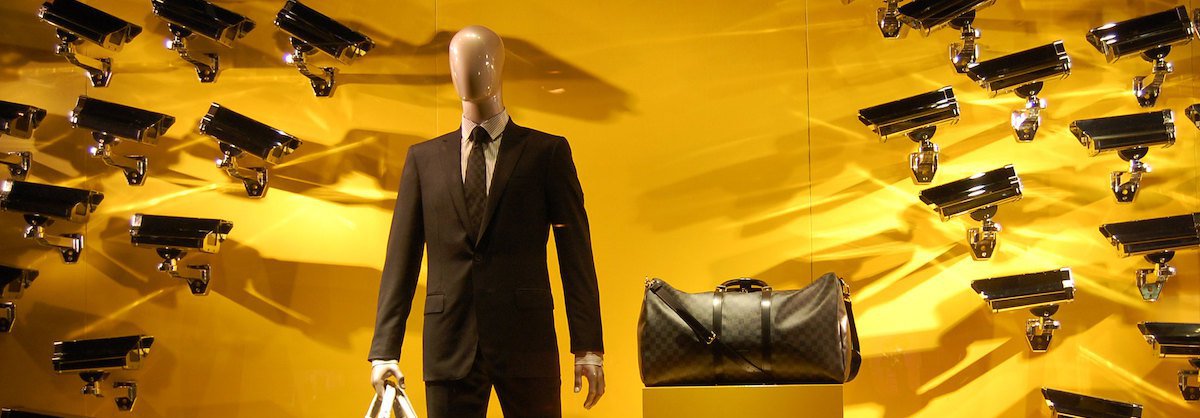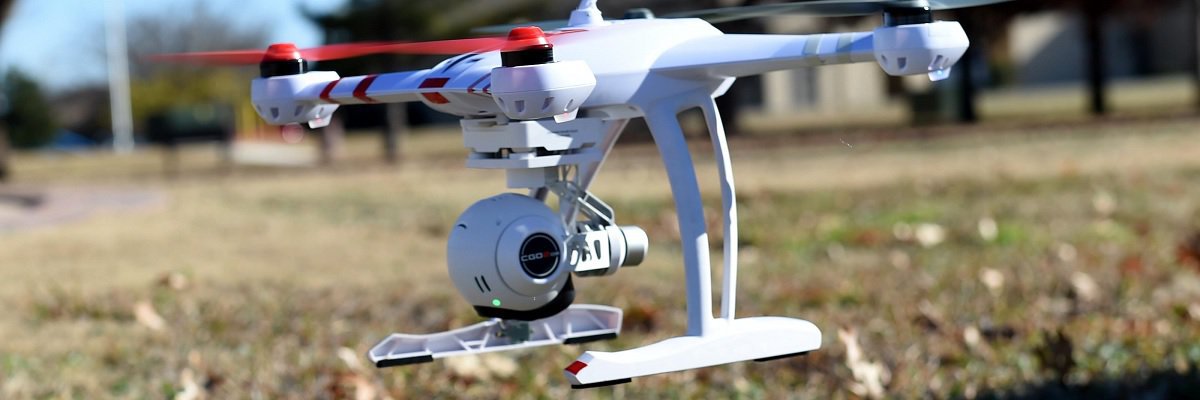The sheriff in Mesa County, CO is one of the few law enforcement agencies in the country authorized to use drones in the field, documents from the Mesa County Sheriff’s Office (MCSO) and the Federal Aviation Administration (FAA) indicate. The documents were released to MuckRock and the Electronic Frontier Foundation as part of their ongoing Drone Census project.
As a “beta test site” for two drone manufacturers since 2009, MCSO claims one of the most advanced UAV programs in the country, to the point that the department is “beginning to implement [drones] into day to day operations.” Flight logs from MCSO’s UAVs reflect this operational integration, as the department’s two drones have been deployed for a range of uses. These include training exercises, crime scene reconstruction, suspect apprehension, missing persons searches and wildfire support.
Most law enforcement agencies across the country that have unmanned aerial vehicles (UAVs) are restricted by their FAA certificates to operating them within narrow parts of their respective territories. The Seattle Police Department, for instance, is authorized to fly its two drones within a nautical half-mile of three parks on the city’s waterfront. These restrictions effectively limit these agencies to training and evaluation exercises using drones rather than deploying them operationally.
The MCSO must abide by standard FAA restrictions on domestic UAV flights, which cap flights to below 400 feet and preclude night flights or operating over “populated areas, heavily trafficked roads, or an open-air assembly of people.” But MCSO’s drone authorization includes no geographic restrictions: effectively, the agency can fly its UAVs anywhere in Mesa County. This freedom has allowed the agency to log dozens of operational missions since fall 2010. MCSO flight logs indicate that its UAV team has logged more than 160 flight hours on its drones since January 2011.
According to MCSO’s UAV website, the Mesa County Sheriff acquired its first UAV in the fall of 2009. Canadian manufacturer Draganfly provided the MCSO one of its Draganflyer X6 rotorcraft units free of charge.

In January 2012, MCSO received its second drone system through an agreement with Falcon UAV, which is based in Colorado. Falcon offered its fixed-wing unit to MCSO at-cost, reportedly at a price of $14,000.
Specifications submitted to the FAA indicate that both of MCSO’s UAVs carry thermal-imaging cameras. The Draganflyer X6 has a maximum flight time of 25 minutes and can reach speeds of 30 mph. The Draganflyer’s rotorcraft designs allows for vertical takeoff and hovering, whereas the Falcon must be launched by hand. The Falcon can remain in the air for up to 75 minutes, and tops out at 46 mph.
According to Assistant County Attorney Angela Barnes,“the MCSO drones do not have the capacity to carry weapons, nor do we have any plans to develop that capacity.”
MCSO has been using drones operationally for two years, but the department has no written drone policy outlining the uses for which its officers may deploy UAVs. Ms. Barnes writes that MCSO is “currently in the process of drafting a written policy for the use of our unmanned aircraft.” Operational details were likewise redacted from its FAA application materials, but MCSO indicates that its drones have been used for a number of purposes, primarily “for search and rescue missions; searching for fugitives primarily in open areas; surveillance of crimes-in-progress, and aerial crime-scene photography [sic].”
While it does not yet have a written policy, MCSO has developed an operations manual for its unmanned aircraft. This manual illuminates somewhat the uses for which MCSO might appropriately use its UAVs. According to the most recent edition of the manual, the mission of MCSO’s drone program includes preventing and detecting crime, providing air support for search-and-rescue, aiding in fugitive apprehension and the adjudication of cases, as well as performing “any task that can best be accomplished from the air in an efficient and effective manner.”
A triage protocol also illustrates various uses to which MCSO may put its drones. Should multiple requests for UAV support come in simultaneously, the UAV unit must prioritize them as follows, in descending order of importance:
- search and rescue of innocent victims
- in-progress calls involving a threat to the safety of any person
- searches for fleeing criminal suspects
- crime in progress calls
- traffic control operations
- requests to support other governmental agencies
- photo flights
While MCSO brass insist that there are “no plans to manage or oversee the use of drones by another department or office or loan our drones to another department or office,” its manual allows the Sheriff or designated supervisor to consider requests from other government agencies - both within and outside Mesa County - for UAV support. Any flights leaving the county require specific approval of the Sheriff or designee, and “may require specific FAA authorization.”
The manual also makes clear that “personal use of Sheriff’s Office unmanned aircraft is prohibited.”

Unlike a policy, however, the manual serves to “promote the safe and efficient operation of the department’s unmanned aircraft” rather than to restrict the cases or manner in which drones may be legitimately used. Accordingly, the bulk of the manual addresses safety protocols, risk management measures, command chain issues and operator training standards. Privacy issues receive no mention in the manual.
In a phone interview, MSCO Quartermaster and Unmanned Aircraft Program Manager Benjamin Miller indicated that the department’s UAV manual was adapted from an operations manual for a manned helicopter. Miller also confirmed that the manual is a “living document” that is being revised regularly.
The Mesa County Sheriff’s Office is at the forefront of using drones in law enforcement operations. As Miller wrote in an email to Falcon UAV, MCSO is at a “unique position in history” when it comes to UAV deployment. The department continues to develop new uses for drones: by Miller’s estimation, “Every time we fly we learn and/or dream of yet another way” to use unmanned aircraft in the field. Its drone manual illustrates some missions for which MCSO might fly its two UAVs. But without a policy, these lists are suggested uses rather than binding limitations.
Image via Mesa County Sheriff’s Office Facebook




